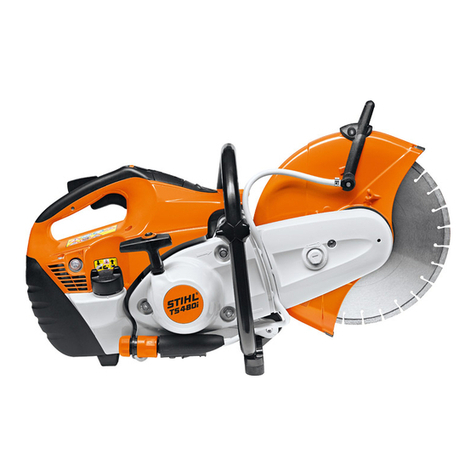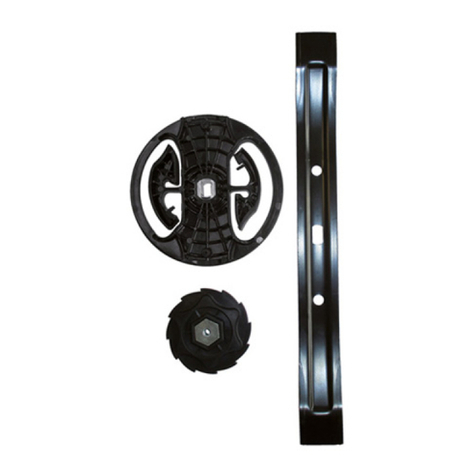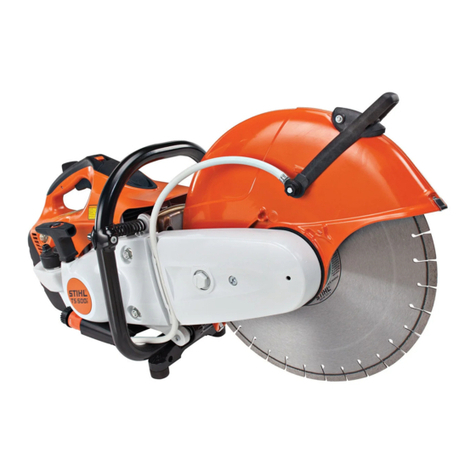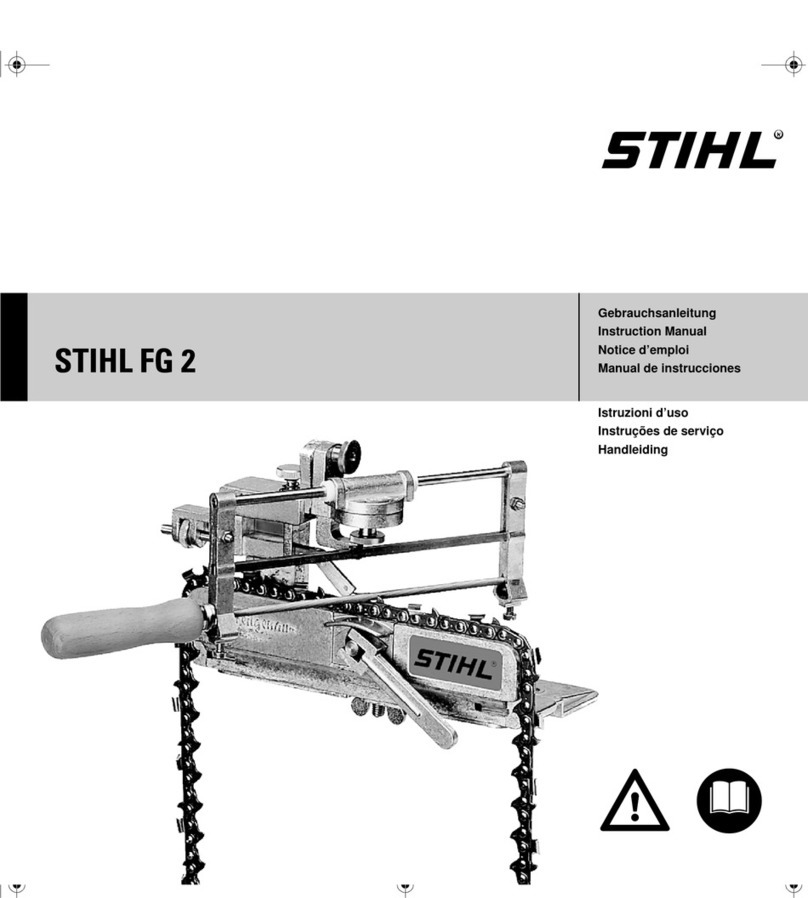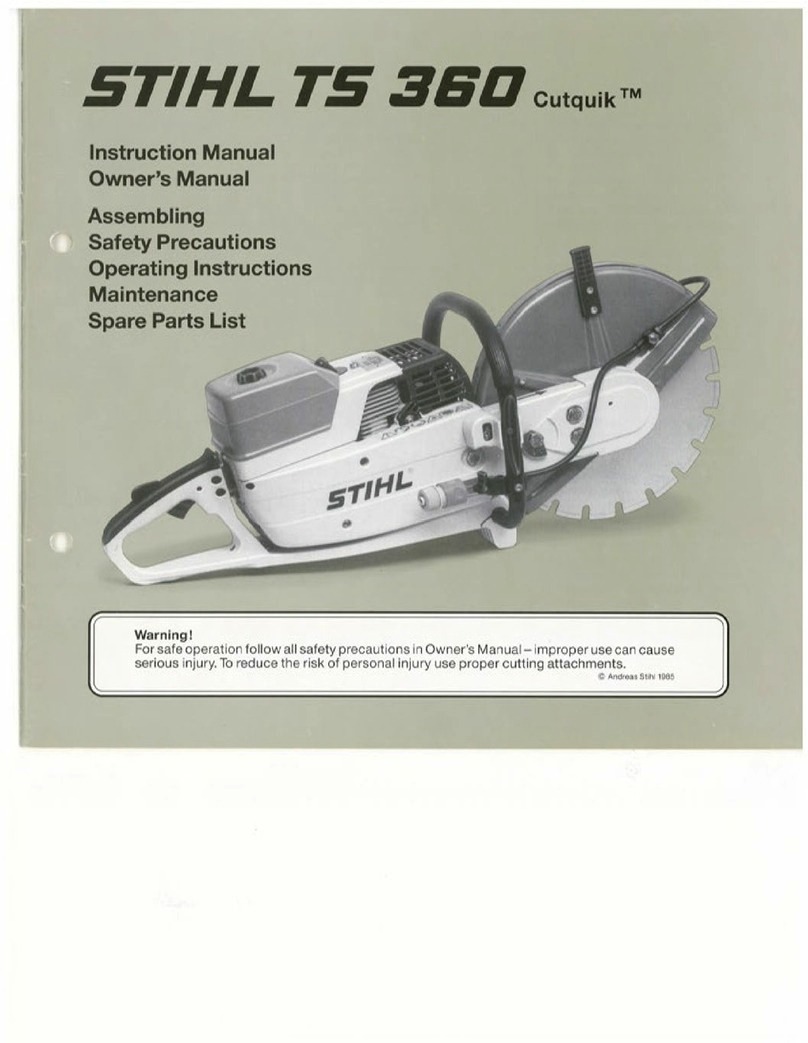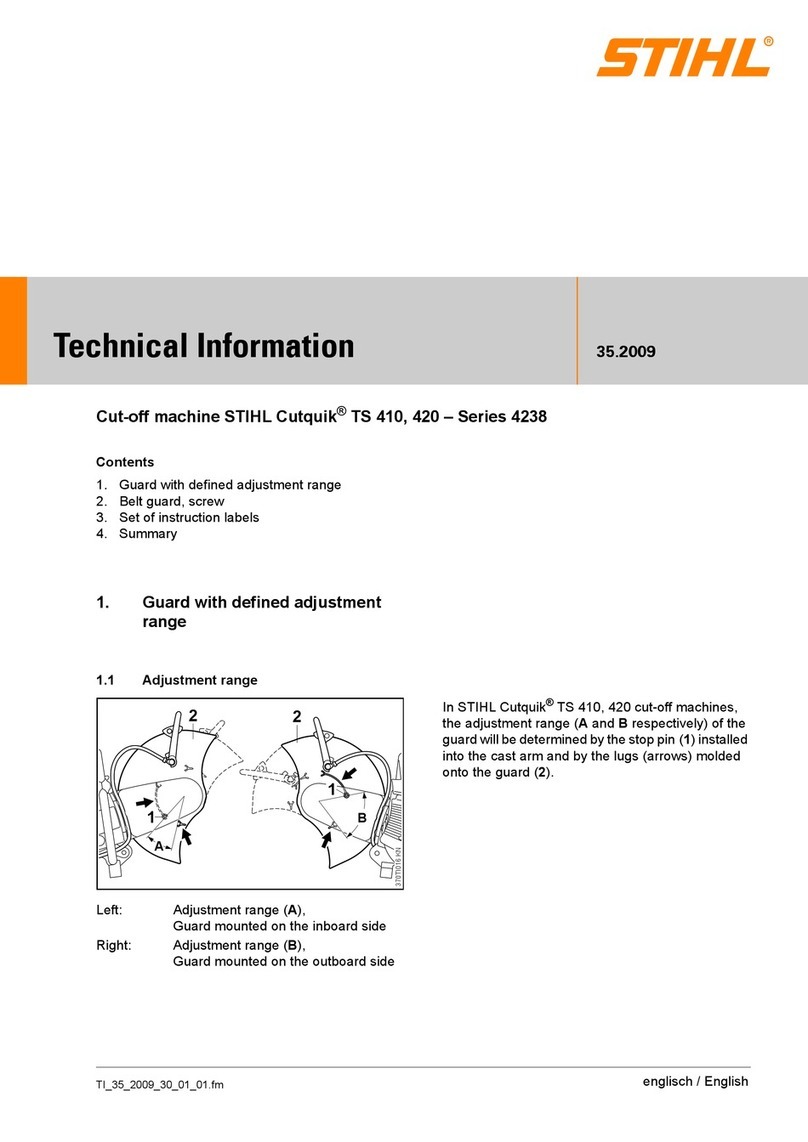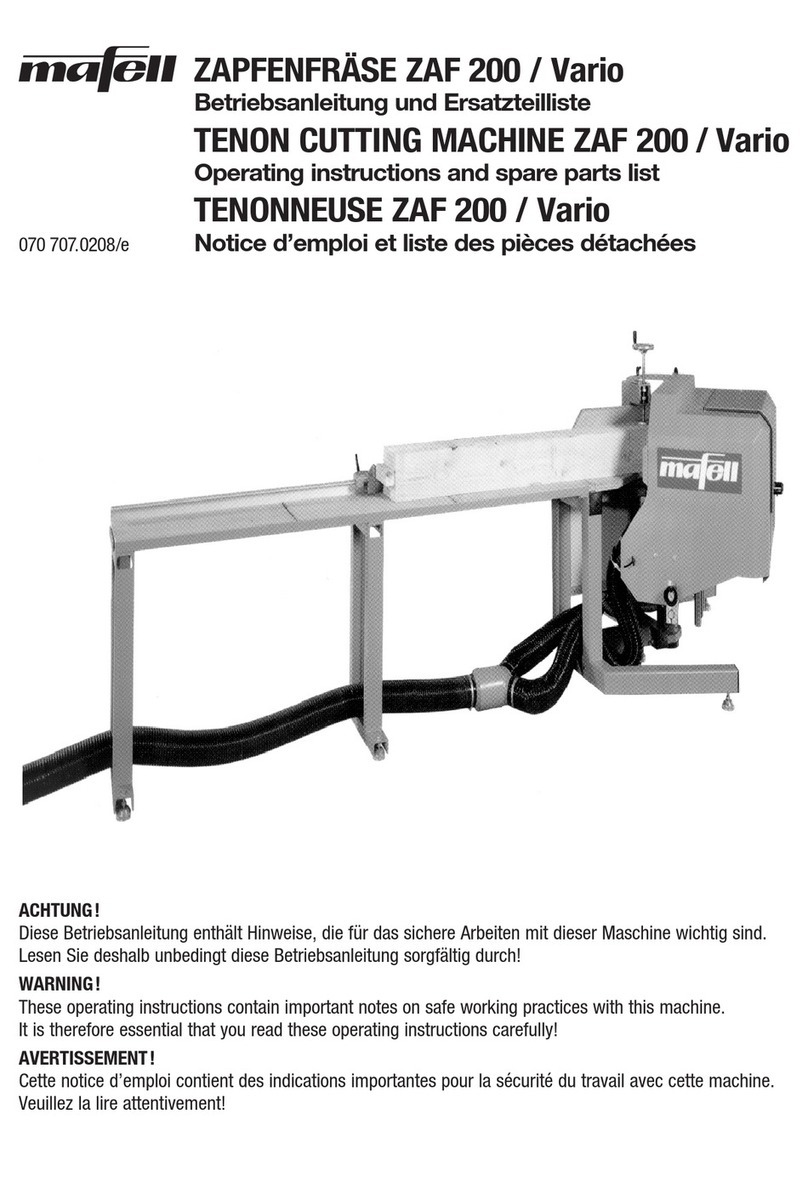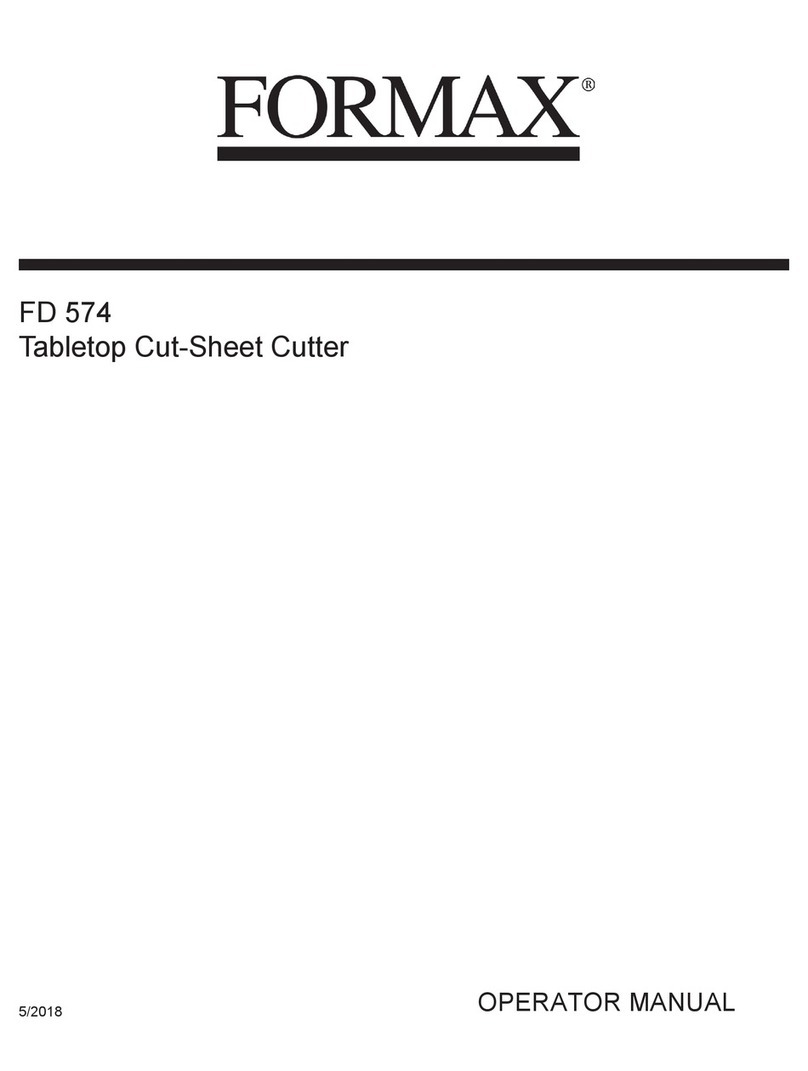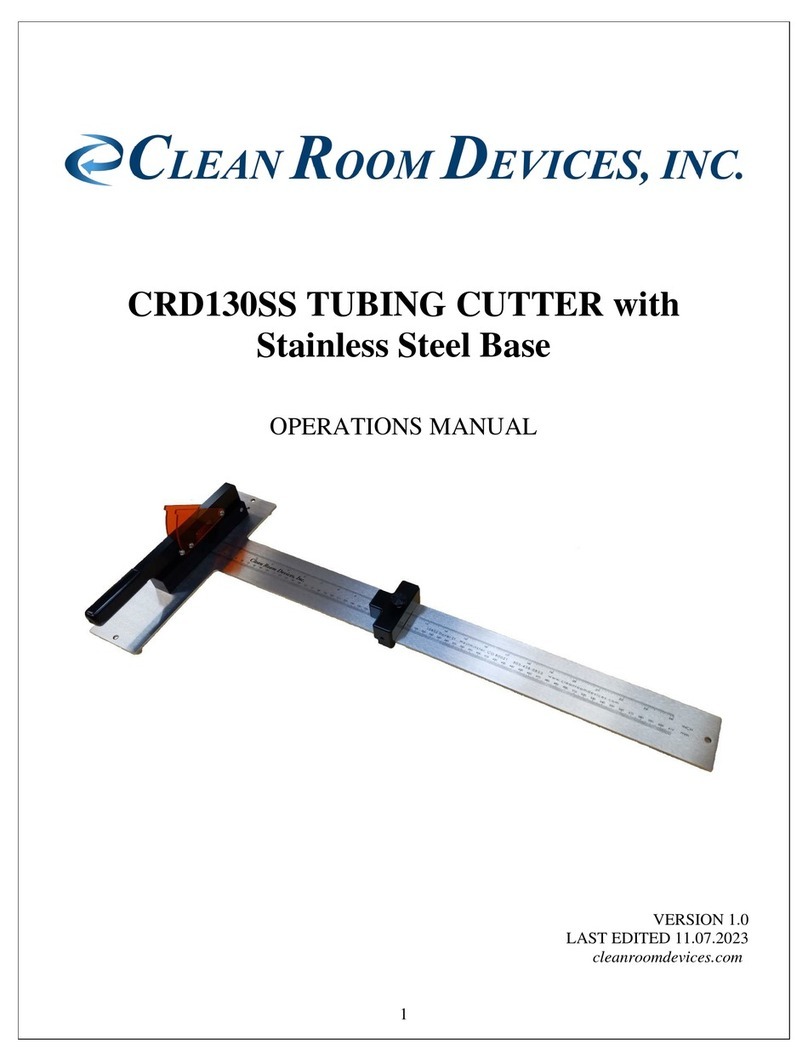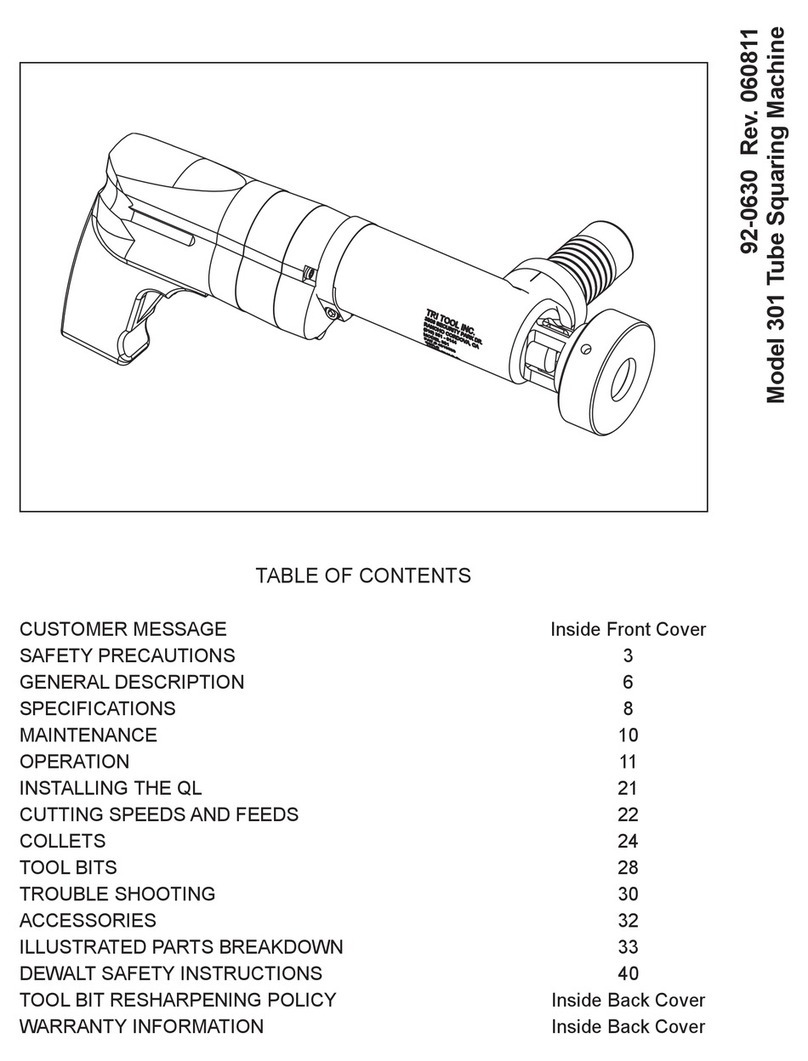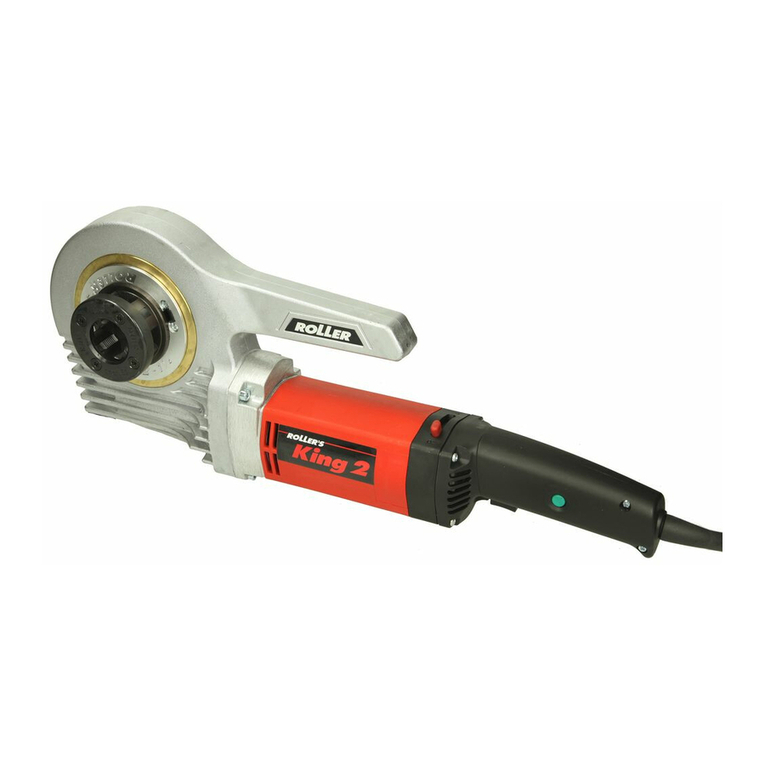
Contents
1 KombiSystem..............................................2
2 Guide to Using this Manual.........................2
3 Safety Precautions and Working Techni‐
ques............................................................ 2
4 Using the Unit............................................. 6
5 Approved KombiEngines............................ 9
6 Assembling the Unit.................................... 9
7 Mounting the KombiTool........................... 10
8 Cutting Attachment................................... 11
9 Mounting the Bar and Chain..................... 11
10 Tensioning the Chain................................ 12
11 Checking Chain Tension...........................12
12 Chain Lubricant.........................................13
13 Filling Chain Oil Tank................................13
14 Checking Chain Lubrication...................... 15
15 Fitting the Harness....................................15
16 Starting / Stopping the Engine.................. 16
17 Operating Instructions...............................17
18 Taking Care of the Guide Bar................... 18
19 Storing the Machine.................................. 18
20 Checking and Replacing the Chain
Sprocket....................................................18
21 Maintaining and Sharpening the Saw Chain
.................................................................. 19
22 Maintenance and Care..............................22
23 Minimize Wear and Avoid Damage...........23
24 Main Parts.................................................24
25 Specifications............................................24
26 Maintenance and Repairs......................... 25
27 Disposal.................................................... 25
28 EC Declaration of Conformity................... 25
29 UKCA Declaration of Conformity.............. 26
1 KombiSystem
In the STIHL KombiSystem a number of different
KombiEngines and KombiTools can be com‐
bined to produce a power tool. In this instruction
manual the functional unit formed by the Kom‐
biEngine and KombiTool is referred to as the
power tool.
Therefore, the separate instruction manuals for
the KombiEngine and KombiTool should be used
together for the power tool.
Always read and and make sure you understand
both instruction manuals before using your
power tool for the first time and keep them in a
safe place for future reference.
2 Guide to Using this Manual
2.1 Pictograms
All the pictograms attached to the machine are
shown and explained in this manual.
2.2 Symbols in text
WARNING
Warning where there is a risk of an accident or
personal injury or serious damage to property.
NOTICE
Caution where there is a risk of damaging the
machine or its individual components.
2.3 Engineering improvements
STIHL's philosophy is to continually improve all
of its products. For this reason we may modify
the design, engineering and appearance of our
products periodically.
Therefore, some changes, modifications and
improvements may not be covered in this man‐
ual.
3 Safety Precautions and
Working Techniques
Special safety precautions must be
observed when working with the pole
pruner because it operates at a very
high chain speed, has very sharp cut‐
ters and a long reach.
Both user manuals (KombiEngine
and KombiTool) must be read
through attentively before using the
unit for the first time and kept in a
safe place for future reference. Non-
compliance with the user manuals
may cause serious or even fatal
injury.
The machine should only be provided or loaned
to people familiar with this model and its opera‐
tion. The KombiEngine and KombiTool user
manuals should always be handed over with the
machine.
Use your pole pruner for limbing only (removing
or pruning branches). Saw wood and wooden
objects only.
The machine must not be used for any other pur‐
poses – risk of accidents!
Only use guide bars, saw chains, chain sprock‐
ets and accessories that are explicitly approved
for this power tool model by STIHL or are techni‐
cally identical. If you have any questions in this
respect, consult your dealer.
English
2 0458-473-0121-E
© ANDREAS STIHL AG & Co. KG 2022
0458-473-0121-E. VA0.G22.
Printed on chlorine-free paper
Printing inks contain vegetable oils, paper can be recycled.
Original Instruction Manual
0000009177_007_GB






